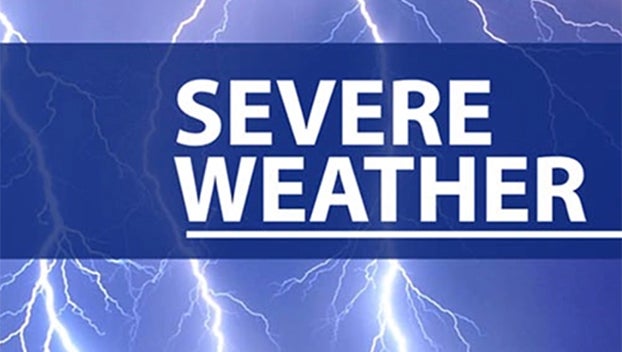Hurricane Fast Facts to know
Published 9:31 am Monday, June 1, 2015
2015 Hurricane Names
Ana, Bill, Claudette, Danny, Erika, Fred, Grace, Henri, Ida, Joaquin, Kate, Larry, Mindy, Nicholas, Odette, Peter, Rose, Sam, Teresa, Victor, Wanda
Followed by the greek alphabet, if needed.
TERMS TO KNOW
Storm Warnings may be issued when winds of 55-73 miles an hour (48-63 knots) are expected.
A Hurricane Watch is issued for a coastal area when there is a threat of hurricane conditions within 24-36 hours.
A Hurricane Warning is issued when hurricane conditions are expected in a specified coastal area in 24 hours or less. Hurricane conditions include winds of 74 miles an hour (64 knots) and/or dangerously high tides and waves. Actions for protection of life and property should begin immediately when the warning is issued.
Flash Flood Watch means a flash flood is possible in the area; stay alert.
Flash Flood Warning means a flash flood is imminent; take immediate action.
Tornadoes spawned by hurricanes sometimes produce severe damage and casualties. If a tornado is reported in your area, a warning will be issued.
Source: Jefferson County Emergency Management Web site
HURRICANE FACTS
• Primary hazards from hurricanes are storm surge flooding, inland flooding from heavy rains, destructive winds, tornadoes, and high surf and rip currents.
• Flooding from heavy rains can cause extensive damage and loss of life. Tropical Storm Allison produced more than 40 inches of rain in the Houston area in 2001, causing about $5 billion in damage and taking the lives of 41 people.
• On average 11 tropical storms, six of which become hurricanes, form over the Atlantic Ocean, Caribbean Sea, or Gulf of Mexico during the hurricane season
• Over a typical two- year period, the U.S. coastline is struck by an average of three hurricanes, one of which is classified as a major hurricane with winds of 111 mph or greater.
Sources: NOAA, USA.gov





